Spain is renowned worldwide for vibrant fiestas, sizzling summers and colourful towns and villages. Spanish cuisine is top-notch and so are the country’s flavourful drinks, often created out of a necessity to enjoy a thirst-quenching, affordable beverage during those hot summer days. This spirit of mixing and matching alcohol and fruit that usually wouldn’t be combined led to many delectable Spanish drinks enjoyed far away from the Iberian Peninsula.
Sangria and Rioja come to mind when thinking of popular drinks in Spain, but each region produces a local brew. No matter where you find yourself in Spain, there’s a drink with an interesting history waiting for you to discover, so get ready to sip and salud these Spanish drinks.
Contents
21 Spanish Drinks
Popular Spanish Alcoholic Drinks
1- Sangria
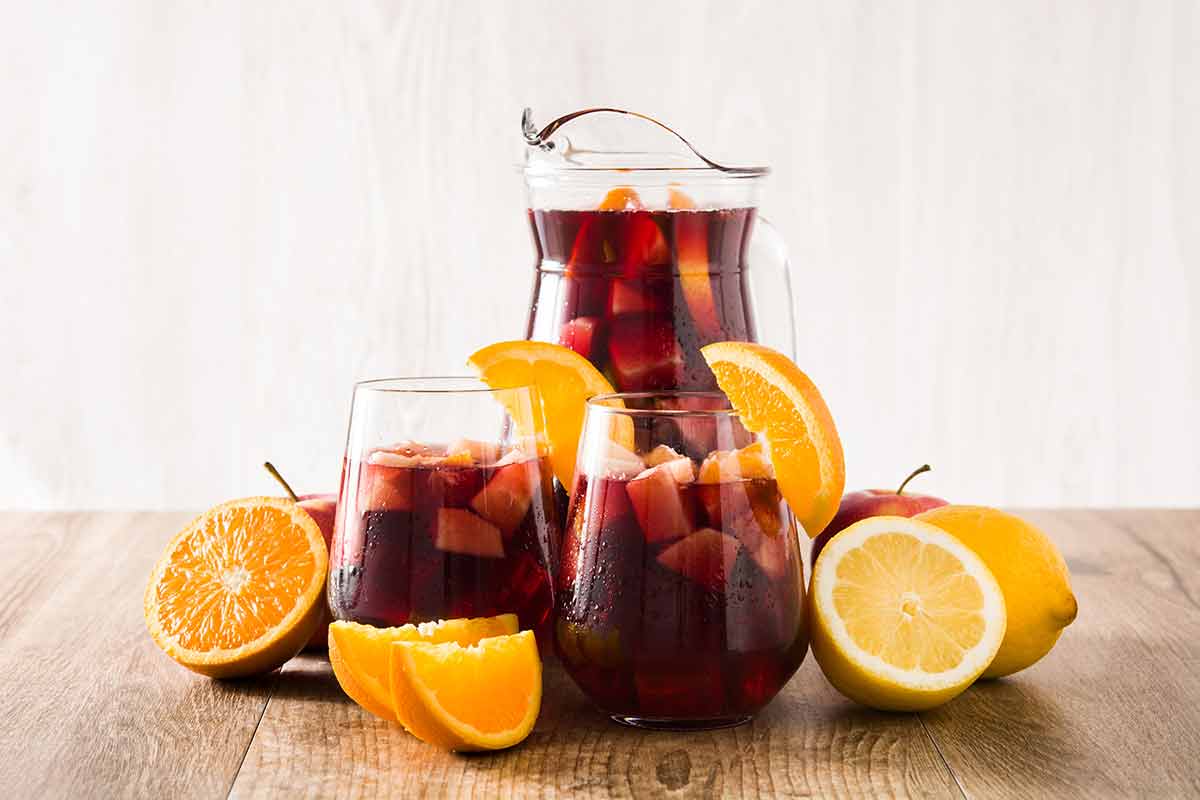
This quintessential Spanish alcoholic drink consists of red or white wine mixed with fruit such as pears, apples, peaches or nectarines and is traditionally served in a glass jug during a meal.
Although Sangria is not a drink that locals usually order in a bar in Spain, they do sell it pre-made in supermarkets.
Sangria recipes can be varied, with some consisting of brandy, soda, slices of lemon or sugar.
It doesn’t matter how you prefer your sangria, it’s a delicious and affordable refreshment perfect for sipping on a hot Spanish afternoon.
2- Sherry
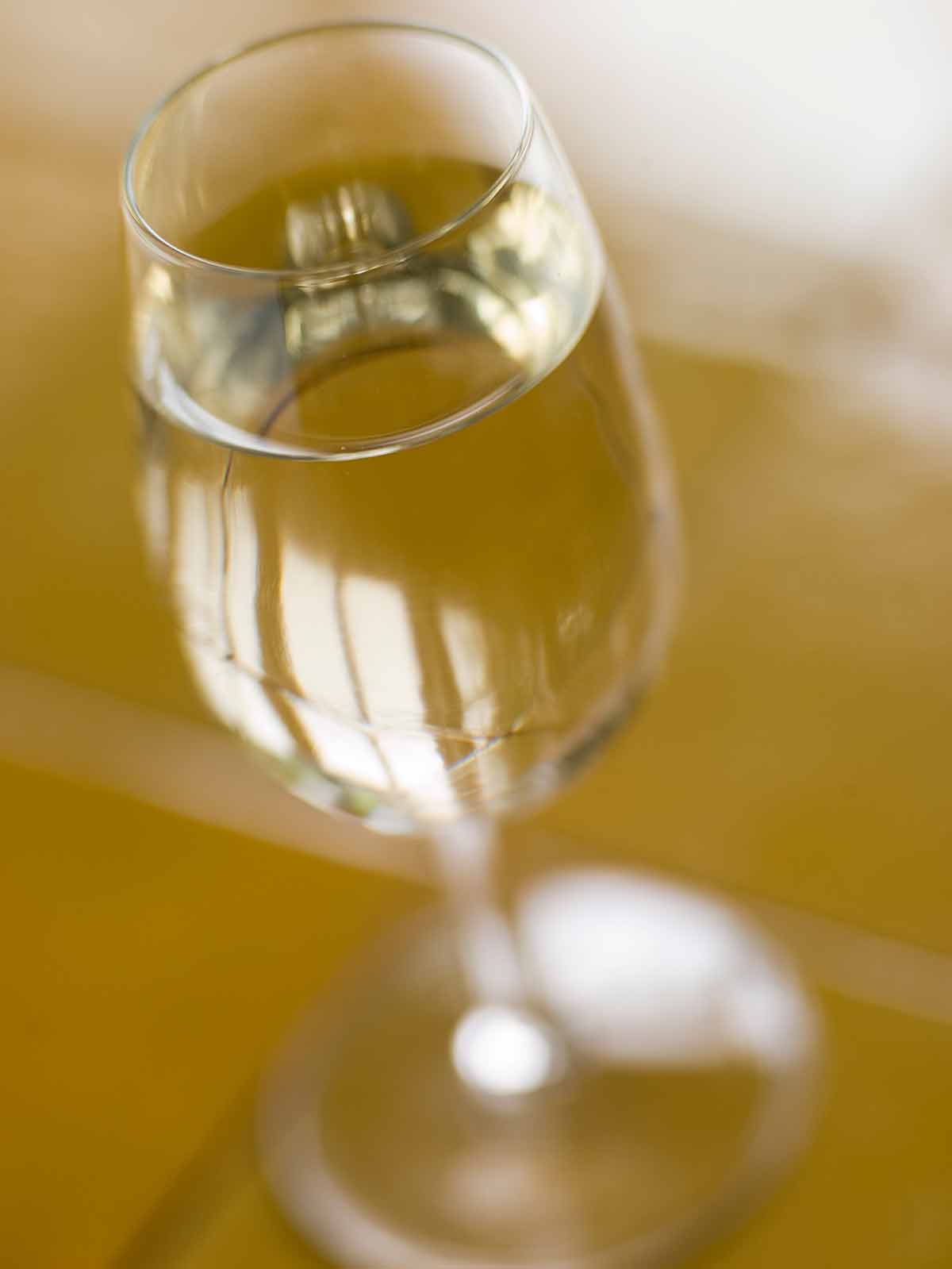
Originated in the 1st century BC, sherry refers to a specific set of fortified wines (wines mixed with other alcohol such as brandy) produced solely in the Spanish Andalusian region known as Marco de Jerez.
This Spanish drink was named after the Arabic version of the name for Jerez (Sherish).
Jerez is filled with quaint bars, known as tabancos, where you can sample some of the best sherry in the world.
Make sure you ask for ‘vino de Jerez’ whenever you’re in Spain ordering sherry, as the word sherry is not as widely used in Spain.
Although you can find sherry worldwide, drinking authentic Andalusian sherry in the region it originated from is an excellent way to get a taste of history.
3- Rioja
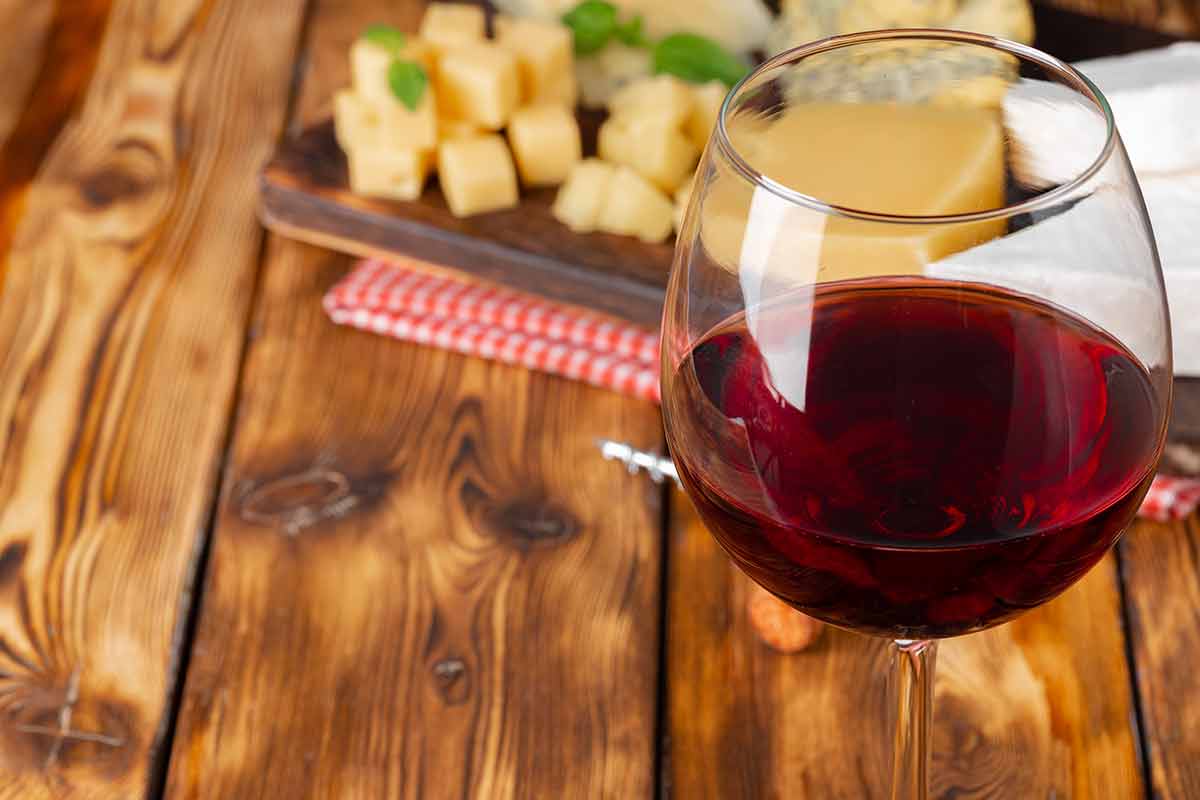
In Spain’s Rioja region, winemaking dates back to the 10th century.
Awarded the ‘denominación de origen calificada’ or ‘Qualified Designation of Origin’, Rioja’s wine quality is strictly controlled through established growing borders, grape varieties and production techniques.
Rioja is subdivided into three regions – Rioja Oriental, Rioja Alavesa and Rioja Alta – each with its own unique style and blend of wine.
Drinking rioja in Spain is an experience filled with lovely scenery and impeccable wine.
4- Cava
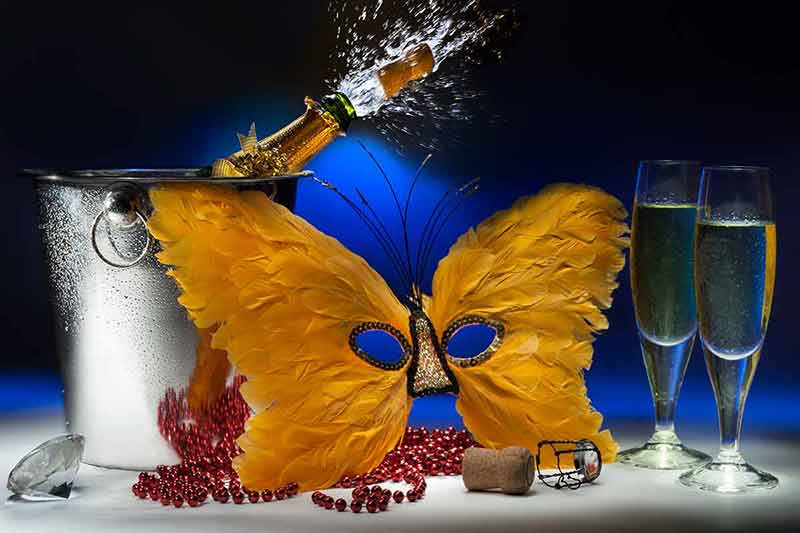
Cava is Spain’s version of Champagne and 95% of this Spanish alcoholic drink comes from Catalonia’s Penedès region.
Catalonians commonly refer to Cava as champaña or xampany, despite European Union regulations forbidding them from officially calling Cava champagne.
The main varieties are white and rosé.
Like French Champagne, Cava is popular at birthday parties, weddings, New Year’s Eve celebrations and is often served alongside tapas.
Cava is produced strictly according to the traditional method of making French Champagne, so not all Spanish sparkling wines are recognised as Cava.
5- Tinto de Verano
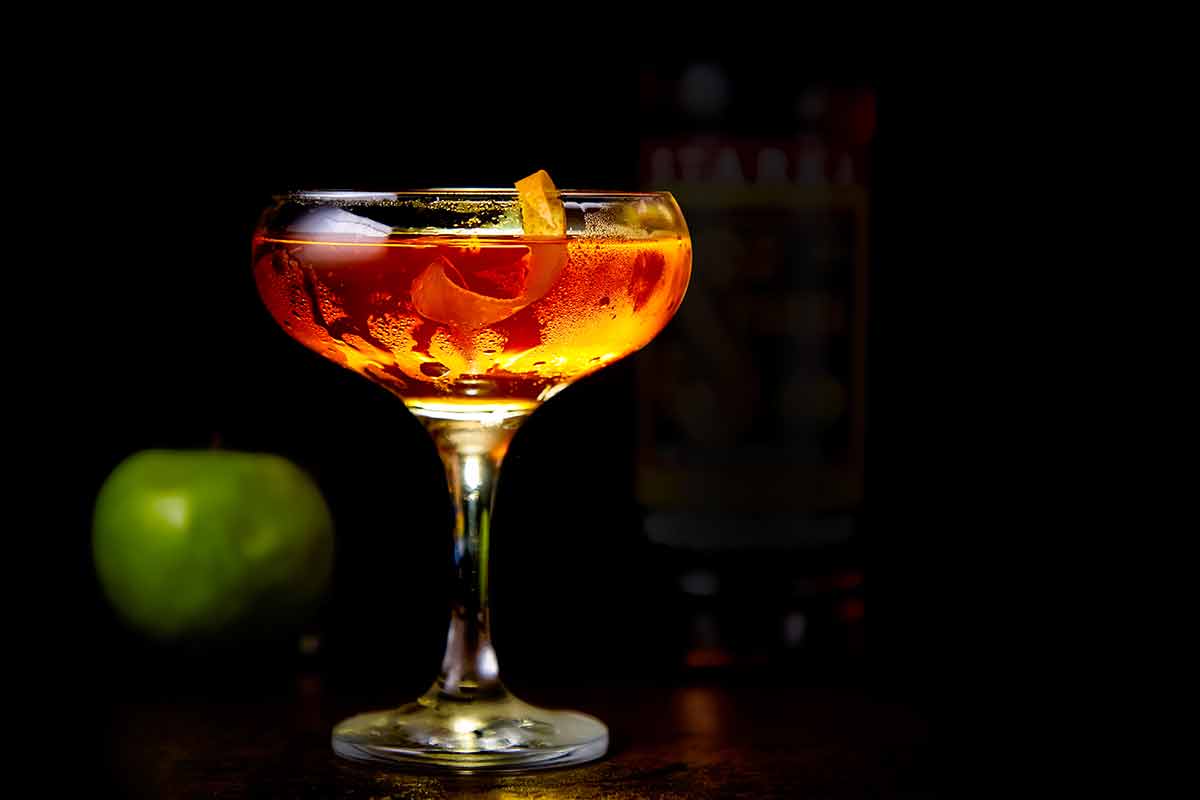
Originating in La Venta de Vargas, a restaurant in the Spanish city of Cordoba, Tinto de Verano was created in the mid-20th century and is similar to Sangria.
Sangria recipes consist of fruit and various types of alcohol, but Tinto de Verano is much simpler and consists of nothing more than red wine, Casera (a Spanish brand of lemon soda) and ice.
Refreshing on a hot summer’s day, Tinto de Verano is especially popular among locals who prefer it to the pricier Sangria that’s usually on the drinks menu for tourists.
6- Rias Baixas Albariño
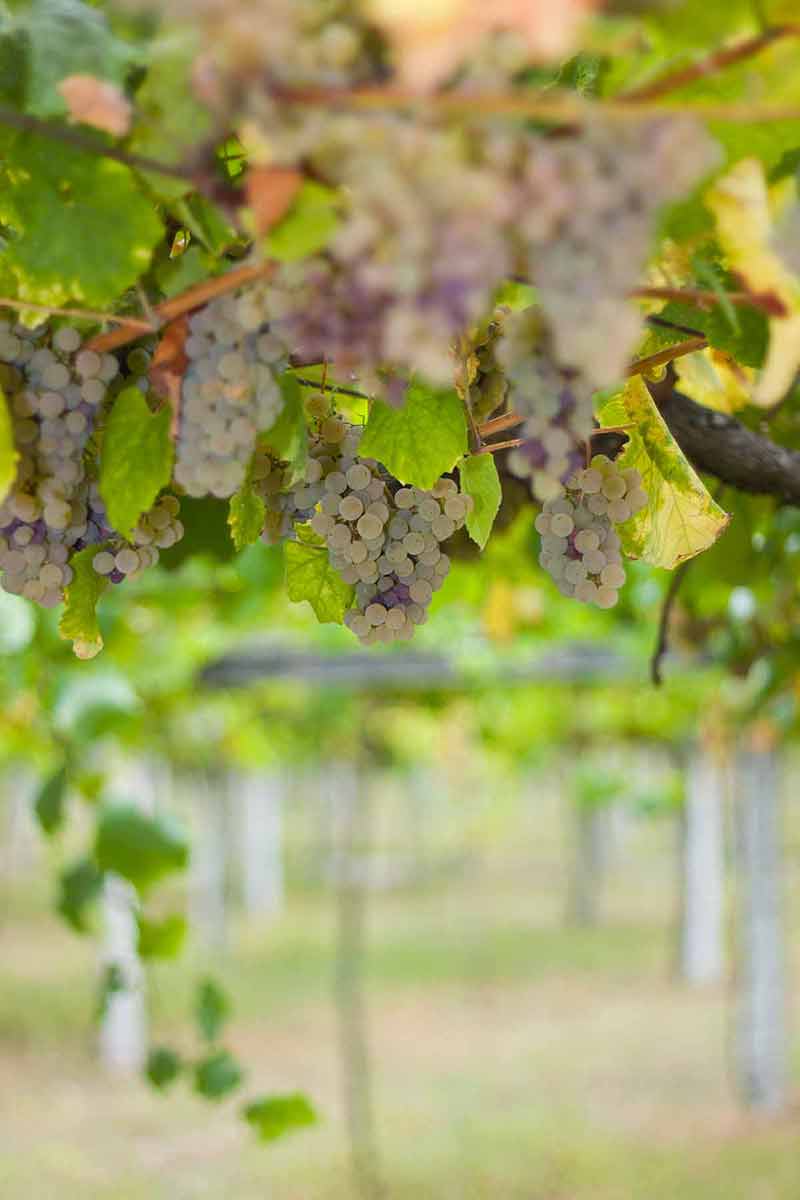
Lovers of white wine would not want to miss out on visiting Northern Spain’s Rias Baixas region in Galicia, where over 90% of the region’s wine is from Albariño grapes.
This grape type grows on vines above head height anchored by granite posts to create better airflow.
This region is home to excellent medium-bodied white wines best served young and un-oaked.
Enjoying a seafood meal while sipping Rias Baixas Albariño wine is one of the pleasures during a trip to Galicia.
Love Spain? Read these posts:
- 27 Spanish Shows On Netflix
- 20 Fairytale Castles In Spain
- 30 Landmarks in Spain
- 20 Places To Visit In Spain In Winter
- 20 Best Beaches In Spain
- An Amazing Andalusia Road Trip
- 20 Things To Do In Ibiza
- 20 Things To Do In Tenerife
- 21 Things To Do In Lanzarote
- 21 Spanish Drinks To Try
- 20 Things To Do In Madrid At Night
- 20 Day Trips From Madrid
- Best Time To Visit Spain
- 20 Cities in Spain
- Renting A Car In Barcelona
- 20 Things To Do In Seville
- 20 Things To Do In Granada
- 20 Things To Do In Zaragoza
- 20 Things To Do In Palma
- 20 Tours In Spain
- 20 Things To Do In Alicante
- 20 Spanish Food / Dishes
- 20 Things To Do In Ronda
- 20 Things To Do In Cadiz
- 20 Thing To Do In Benalmadena
- 20 Things To Do In Torremolinos
- 20 Landmarks In Barcelona
- 5 Day Trips From Barcelona
- Barcelona Bike Tour
- 10 Things To Do In Bilbao
- 12 Things To Do In San Sebastian
- 10 Things To Do In Oviedo
- Storybook Village of Santillana del Mar
- 20 Things To Do In Gran Canaria
- 20 Things To Do In Barcelona At Night
- Christmas in Spain
- 20 Things To Do In Malaga
- 20 Things To Do In Marbella
- 20 Things To Do In Valencia
- Where To Stay In Valencia
- Ibiza At Night
- 20 Things To Do In Ibiza
- 20 Things To Do In Toledo
- Where To Stay in Barcelona
- 20 Things To Do In Segovia
- Where To Stay in Tenerife
- Where To Stay in Madrid
- Where To Stay In Mallorca
- Where To Stay In Ibiza
- 15 Things Spain Is Famous For
- 5-day Barcelona Itinerary
Spanish Liqueurs
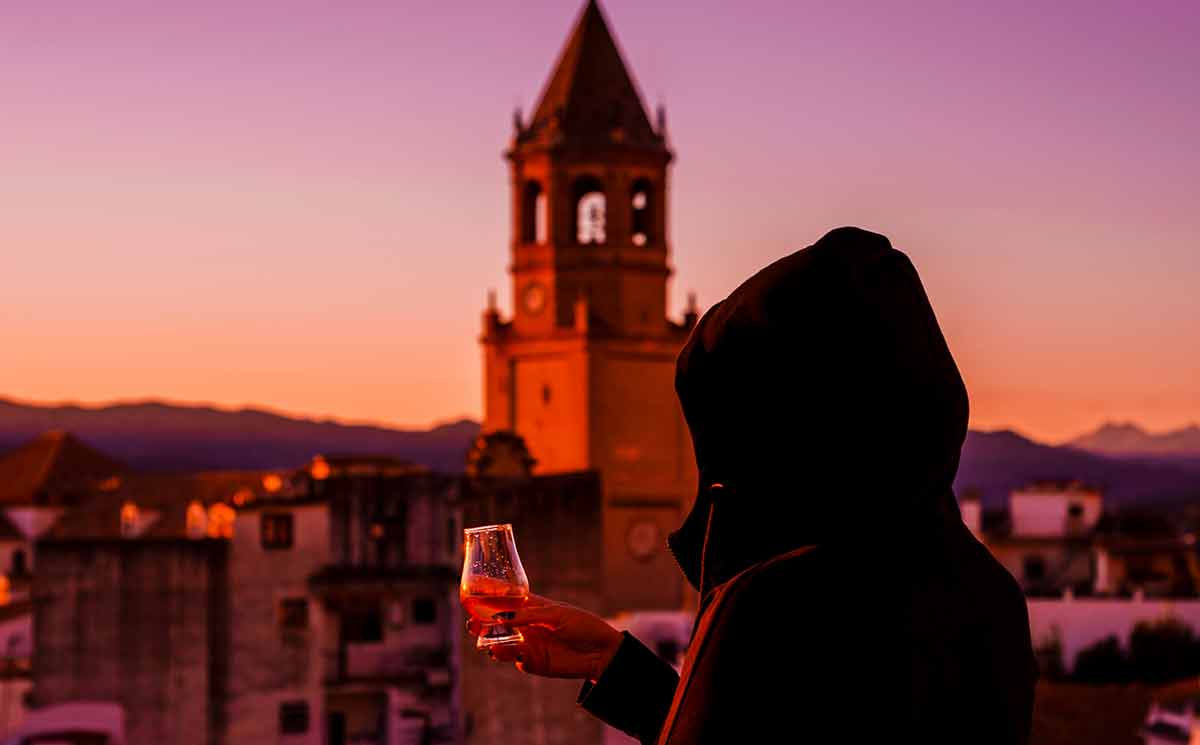
7- Catalan Ratafia
This classic Catalan liqueur is made from walnuts and various herbs fermented for months before being barrelled.
Catalan Ratafia has been made in Catalonia’s rural areas for over a thousand years.
The original recipe is a secret, however, most Catalan Ratafia is home-made and every family puts their own spin on this age-old Spanish drink.
Drinkable both as an aperitif and digestive, Catalan Ratafia is best served chilled on a warm summer’s day or over a scoop of ice cream.
The two most popular Catalan Ratafia brands are Ratafia Russet and Ratafia Bosch; both have been around for generations.
Catalan Ratafia is so popular that the region has festivals dedicated to this drink throughout Catalonia.
8- Madroño
Madrono is a fruity concoction made from madroño tree berries (strawberry tree or arbutus unedo), which starts its fermentation period while still hanging on the tree.
You can find madroño trees in the north of Spain and legend has it that local teenagers eat the berries to get drunk.
Madroño is often served in an edible pastry-like cup coated with chocolate, which you can eat after drinking.
Similar to Portugal’s ginginha liqueur, drinking Madroño is also believed to bring down fevers and have health benefits.
9- Veterano
Veterano is a Spanish grape brandy aged in American oak barrels made by Osborne, a family-run distillery that has been producing spirits for over 250 years.
Travel anywhere in southern Spain, and chances are you’ll come across a billboard or statue depicting a black bull, the logo of Osborne Veterano.
Dating back to 1922, Veterano is often served over ice or mixed with other alcohol, usually after dinner with friends.
Veterano comes in various flavours, such as orange or caramel, however, the original Veterano remains the most popular.
10- Ronmiel de Canarias
Ronmiel de Canarias is a sweet, amber-coloured honey-flavoured rum popular on the Canary Islands.
Best served over ice or with dashes of lime and cinnamon, Ronmiel, which means honey rum in Spanish, is often served as a complimentary chupito shot after dinner at restaurants throughout the islands.
According to local regulations, authentic Ronmiel should contain between 20% and 30% alcohol.
Ronmiel enjoys a ‘Denominación Geográfica’, or Geographical Designation, bestowed upon the liqueur in 2005 by the Canary Government to ensure Ronmiel is produced to the standards of the signature liqueur of the region.
11- Queimada
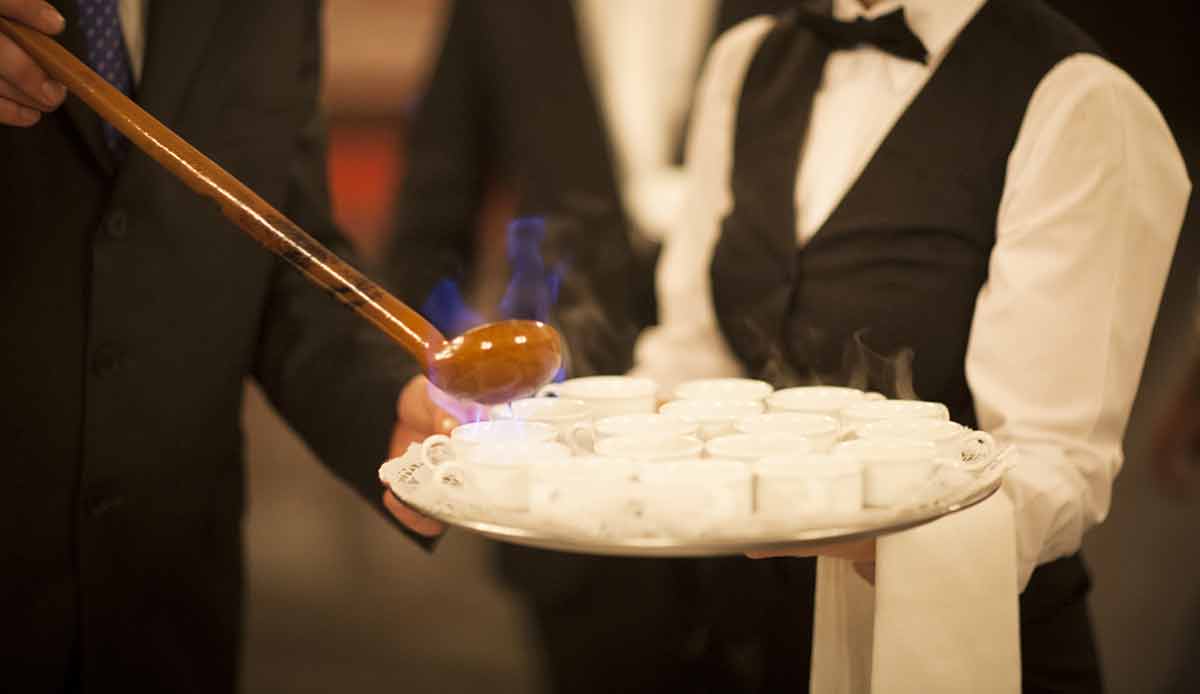
Queimada is a Galician drink shrowded in myths and mysteries relating to its creation and origin.
Some say it was created by Celts who established villages in the region of Galicia, while others claim it was a popular drink during the Middle Ages.
Queimada’s main ingredients are orujo, a strong pomace brandy, sugar, ground coffee and citrus peels.
Preparing and drinking Queimada is quite an experience, as the ingredients are combined in a pot and set on fire until the flame is blue.
It’s a popular drink during Halloween (if you’re so inclined, you might want even try casting a spell while preparing it) and St. Jon’s Night celebrations.
Spanish Cocktails
12- Agua de Valencia
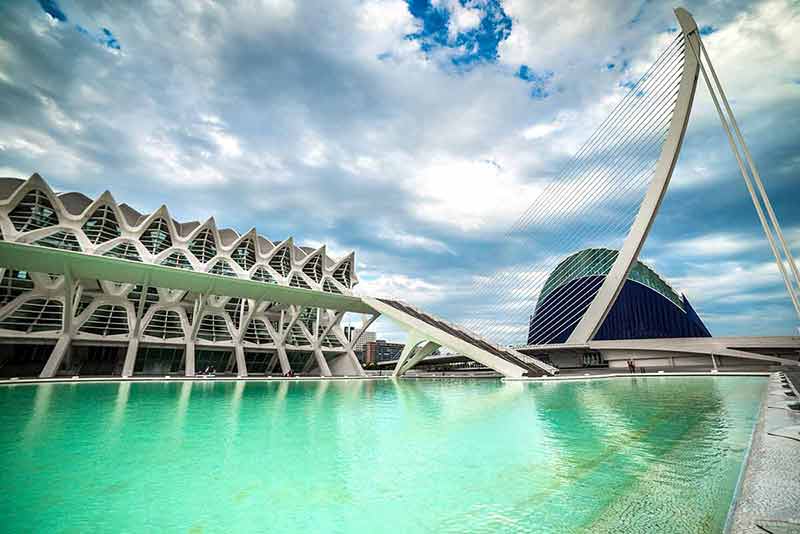
The bartender at Cafe Madrid in Valencia created the Agua de Valencia cocktail during the 1960s, as an alternative for lovers of Agua de Bilbao.
Agua de Valencia has since become a popular cocktail across Spain.
It is made from Cava, gin, vodka, pure orange juice, sugar and ice to create a refreshing concoction to enjoy during a warm Spanish afternoon.
While the original Agua de Valencia’s exact recipe is known only to a handful of people, this Spanish cocktail must contain those ingredients.
13- Kalimotxo
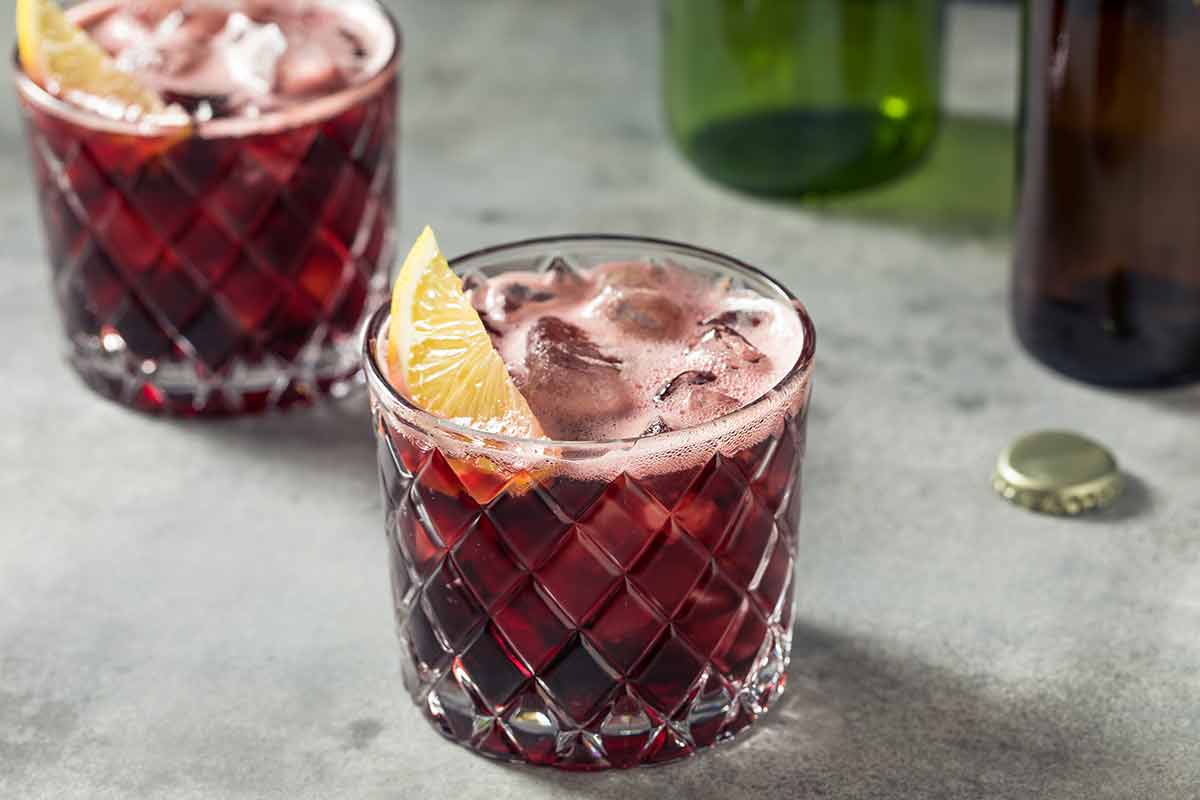
Kalimotxo, or Calimocho is another popular Spanish cocktail from the 1920s when the drink was known as the Rioja Libre and the Cuba Libre del Pobre.
The Kalimotxo that Spaniards know and love today became popular in 1972 when a group of San Nicolás del Puerto Viejo de Algorta festival organisers decided to mix expired wine they had brought with them with soda to mask the taste.
The drink was coined Kalimotxo and commercially advertised across Spain as Calimocho.
Consisting of red wine and cola, Kalimotxo has a pleasant taste and is easy to drink.
14- Clara
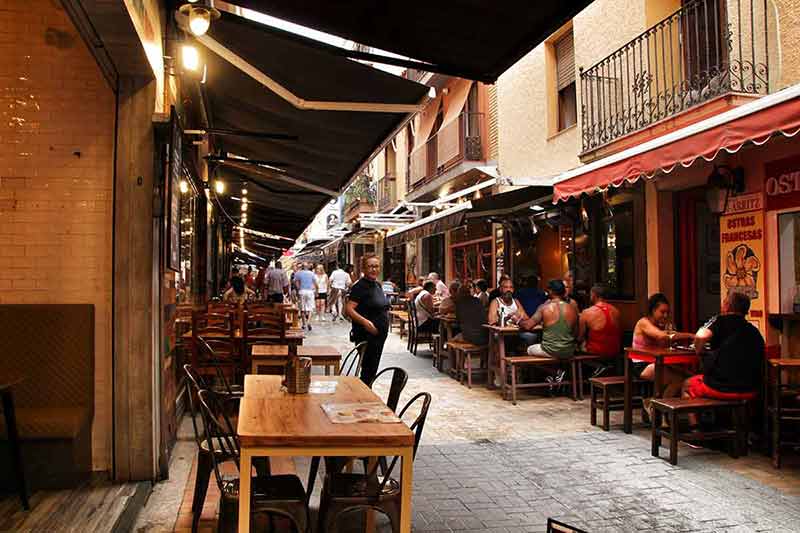
A Clara (or shandy) is beer mixed with lemonade or soda that originated in a small bar in Deisenhofen, Germany.
During the 1920s, barman Franz Xaver Kugler decided to mix beer with lemonade to avoid running out of beer.
This lemon beer became popular throughout Spain because it was an affordable and refreshing summer drink.
Although a Clara is traditionally a combination of beer and soda or lemonade in equal parts by volume, there’s no one way of making a Clara in Spain.
No matter how you prefer your Clara, it’s a refreshing drink to enjoy in Spain.
15- Rebujito
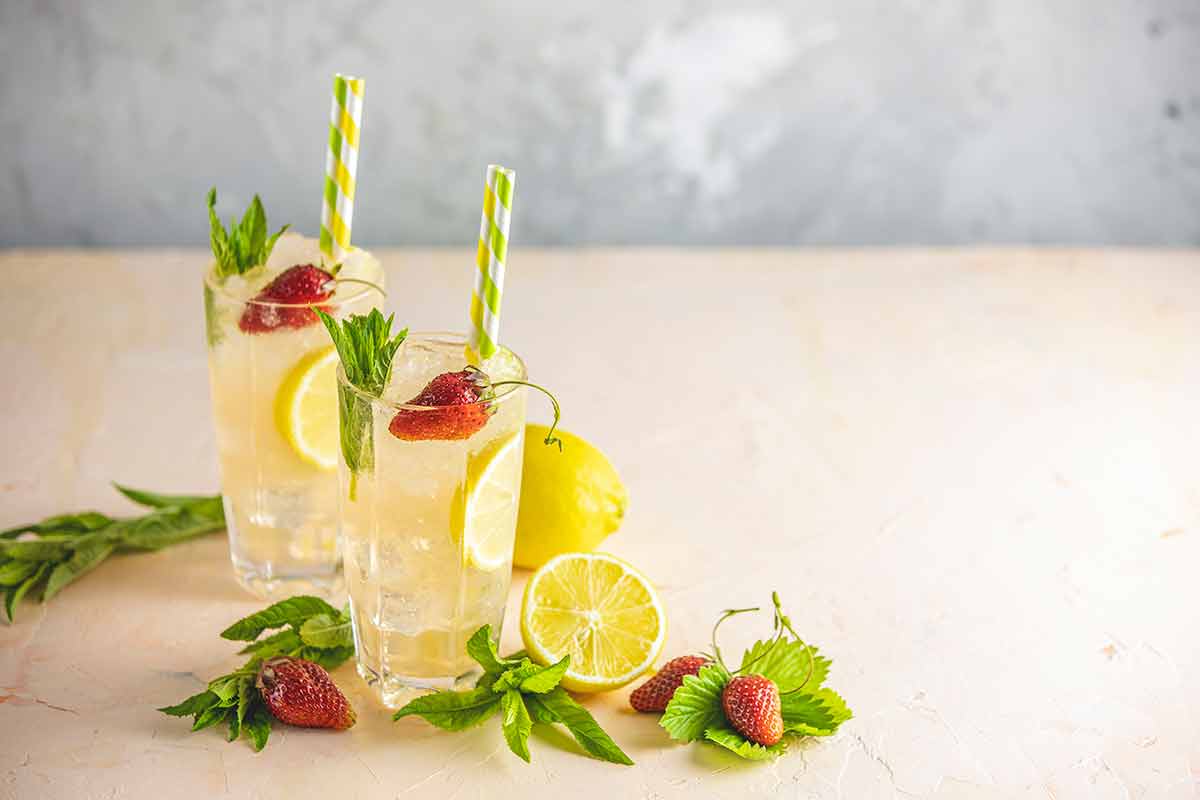
The Rebujito is a popular cocktail in Spain’s Andalusia region, especially in Jerez and Seville.
It combines locally produced sherry with soda, such as lemon-lime soda or white lemonade.
This Spanish cocktail has a unique sweet and sour flavour that combines with the citrus punch of the soda best enjoyed during the summer.
You’ll find this budget-friendly cocktail at Andalusian festivals like Seville’s Feria de Abril de Sevilla and Jerez’s Feria del Caballo.
Invented to quench the thirst of the masses during these festivals on hot summer days, the Rebujito is the perfect drink to sip while enjoying a typical Spanish fiesta.
16- Carajillo
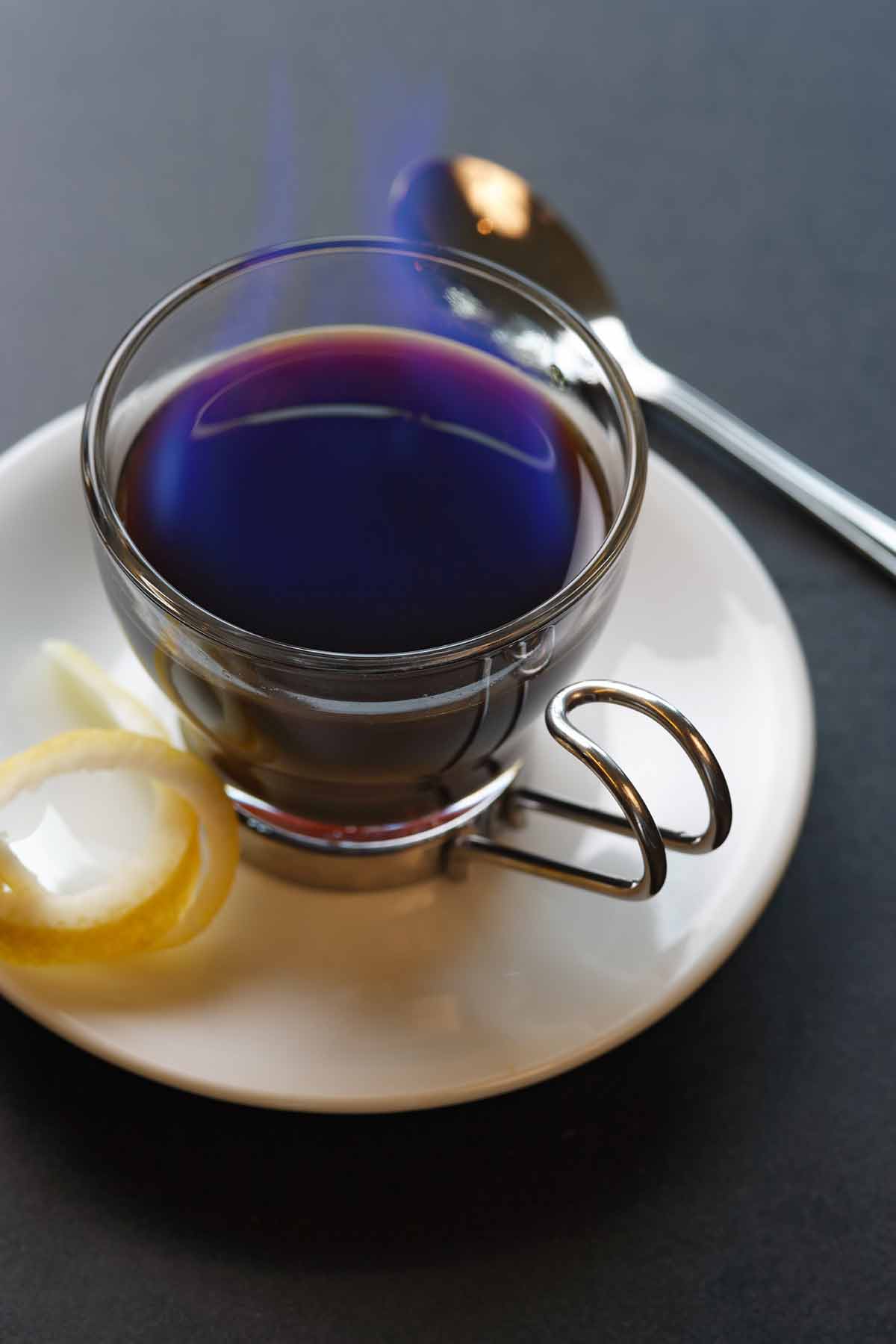
Carajillo is a hot coffee mixed with alcohol for an extra kick, popular in Spain and throughout Latin America.
The exact ingredients of a Carajillo differ from region to region: a Cuban Carajillo has rum, a Colombian Carajillo has brandy and a Mexican Carajillo uses coffee-flavoured liqueur.
In Spain, the drink is made using one part brandy and three parts coffee, often with lots of sugar.
Add cinnamon and lemon peel for your senses to savour.
17- Sidra
Sidra is an apple cider drink that originated in the Spanish region of Asturias and is perfect on a warm summer’s day.
Sidra is popular throughout Spain’s north and if you’re looking to enjoy an entire experience created around the drink, then look no further than Asturias’ capital, Oviedo.
Oviedo was once upon a time the home city of Asturian royalty, however today, the town’s star is Sidra, which locals enjoy throughout the city’s bars, restaurants and cafés.
Oviedo even has a street named after the popular drink and in this city, pouring Sidra is an art form.
You can gawk at waiters in restaurants pouring Sidra into a glass held at knee night from a bottle in the other hand held high above their head without spilling a drop.
Sidra is poured in this way to release the aromas.
18- Barraquito
This coffee cocktail is unique to the Canary Islands, adding a touch of alcohol and sweetness to the classic morning coffee.
As the story goes, the drink got its origin from a Portuguese man, Sebastian Rubio, whose nickname was Barraco (shed), who ordered it at the Imperial Bar in Tenerife.
You can find different versions of the Barraquito across the Canary Islands, but a traditional Barraquito consists of condensed milk, Licor 43, espresso, frothy milk, a sprinkle of cinnamon and lemon peel.
Generally served as a dessert, there’s also an alcohol-free version called a Barraquito sin Licor.
Spanish Non-Alcoholic Drinks
19- Horchata
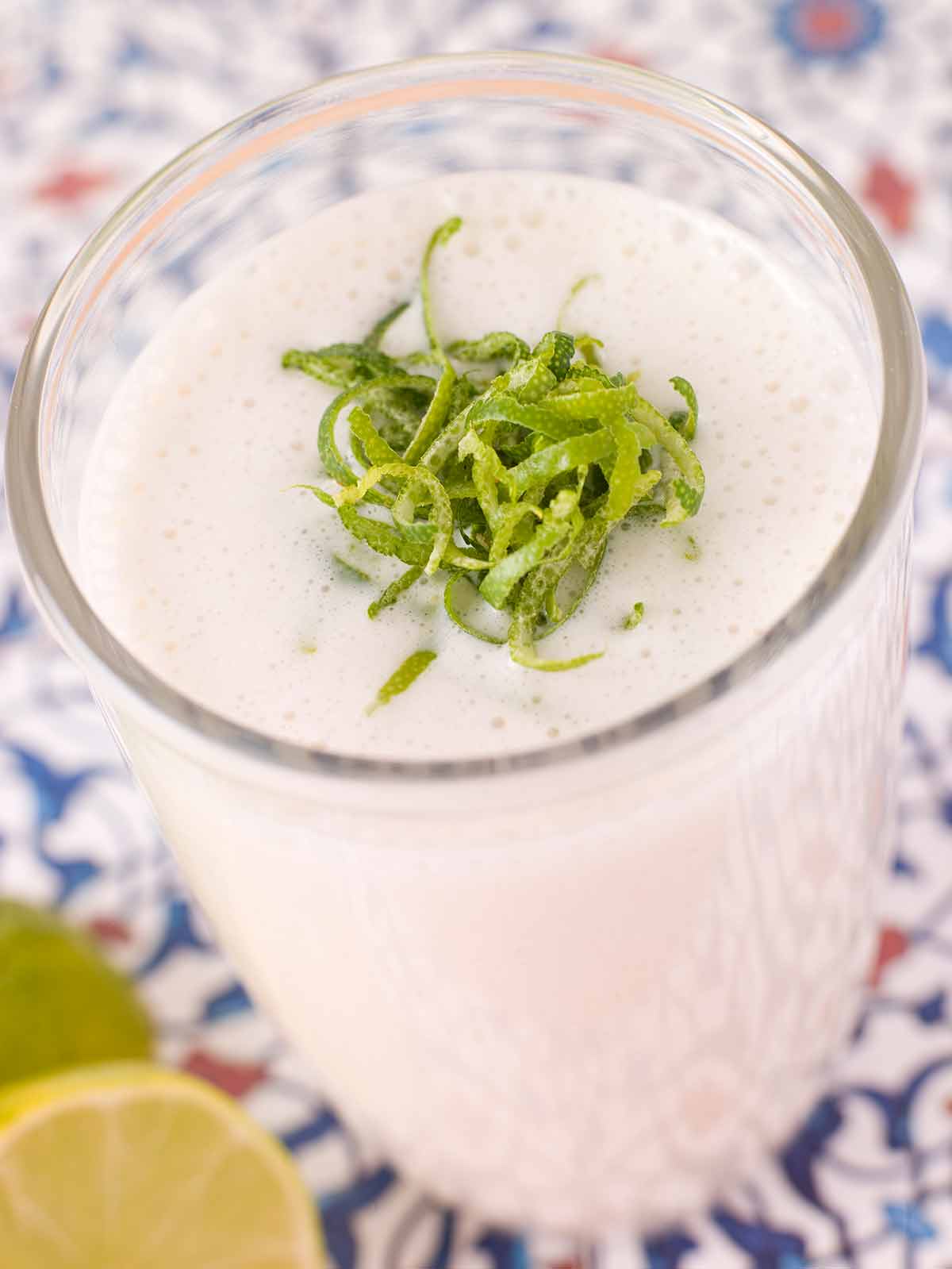
The Horchata is one of Spain’s most popular drinks and is made from chufa milk, an ingredient also known as tiger nuts or earth almonds, with a soft and sweet hazelnut taste.
Rarely available outside of Spain due to chufa mostly being harvested exclusively in Valencia, Horchata originated in northern Africa around 2,400 BC before being introduced in Spain by the Moors in the 8th century.
Considered a healthy substitute for ice cream in Spain, locals serve it ice cold.
Horchata is often served with Fartons, a Valencia-style bun that’s a delicacy in its own right.
Even though Mexico has its own version of Horchata, which they make with rice milk instead of chufa milk, Spain’s version is hard to come by anywhere else.
20- Cafe Con Leche
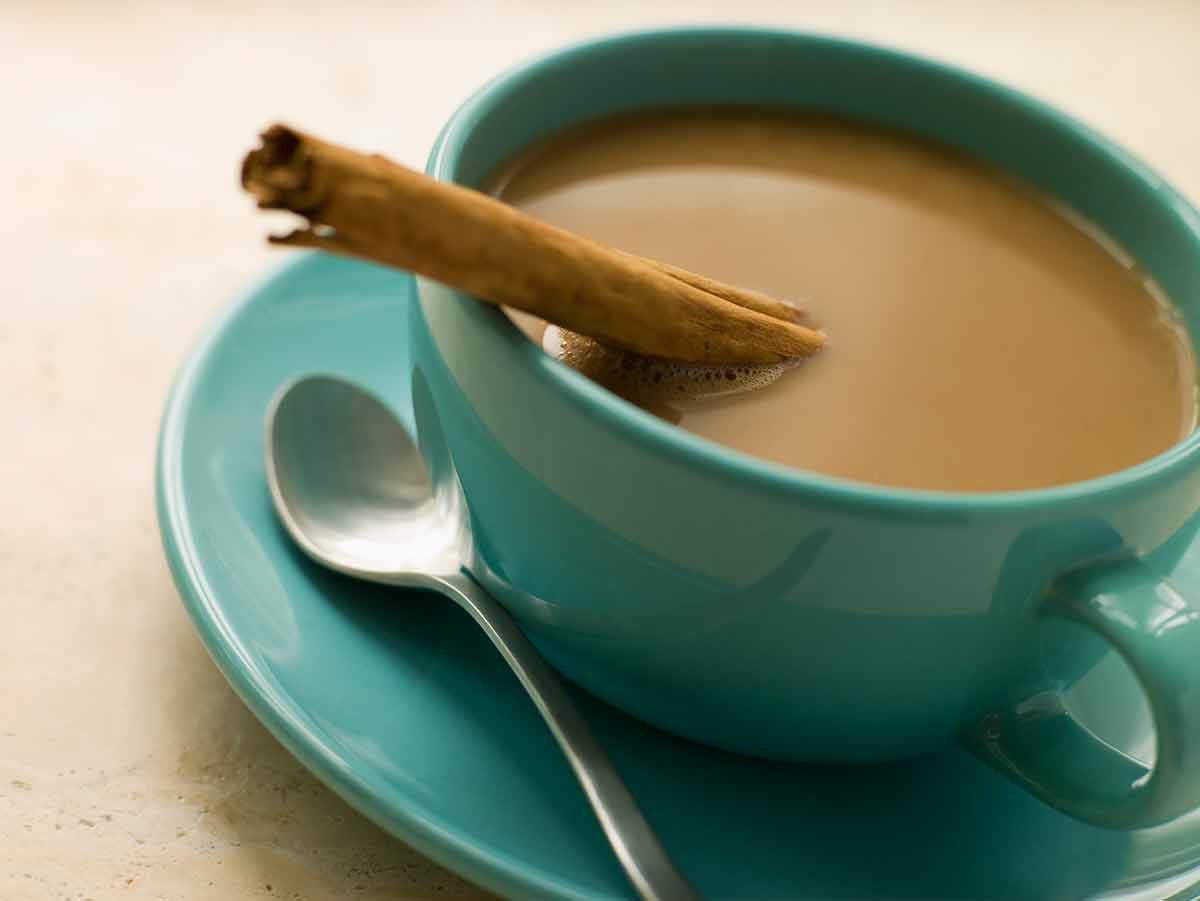
The most common way to drink coffee in Spain is Café con Leche, which is an equal blend of strong coffee and scalded milk.
Add sugar or sweetener to your taste.
21- Granizado
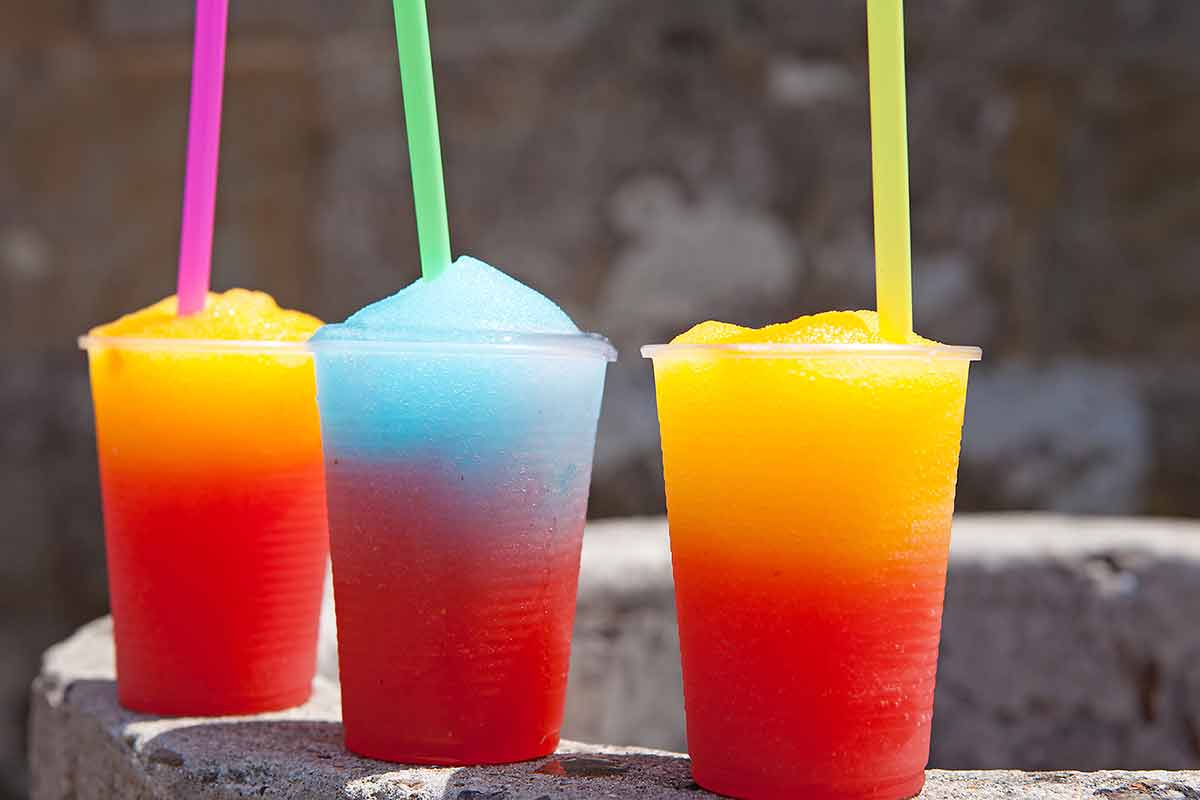
This popular Spanish drink is an alcohol-free beverage usually served at ice cream parlours, bars and pastry shops.
Consisting of frozen Lemon juice, sugar and water and made using a slushie machine to mix the ingredients, the Granizado is a refreshing drink.
This drink is best enjoyed during the scorching Spanish summers and can easily be prepared at home if you want to try it out but aren’t willing to fly to Spain.
For more drinks around the world read:
- 20 Italian Cocktails and Other Drinks
- 20 Japanese Cocktails and Other Drinks
- 21 Spanish Cocktails and Other Drinks
- 25 American Drinks and Cocktails
- 20 Greek Drinks and Cocktails
- 20 German Drinks and Cocktails
- 20 Turkish Drinks and Cocktails
- 20 Polish Drinks and Cocktails
- 20 Jamaican Drinks and Cocktails
- 20 Mexican Drinks and Cocktails
- 20 Indian Drinks
- 20 Thai Drinks and Cocktails
- 20 French Drinks and Cocktails
Plan Your Trip
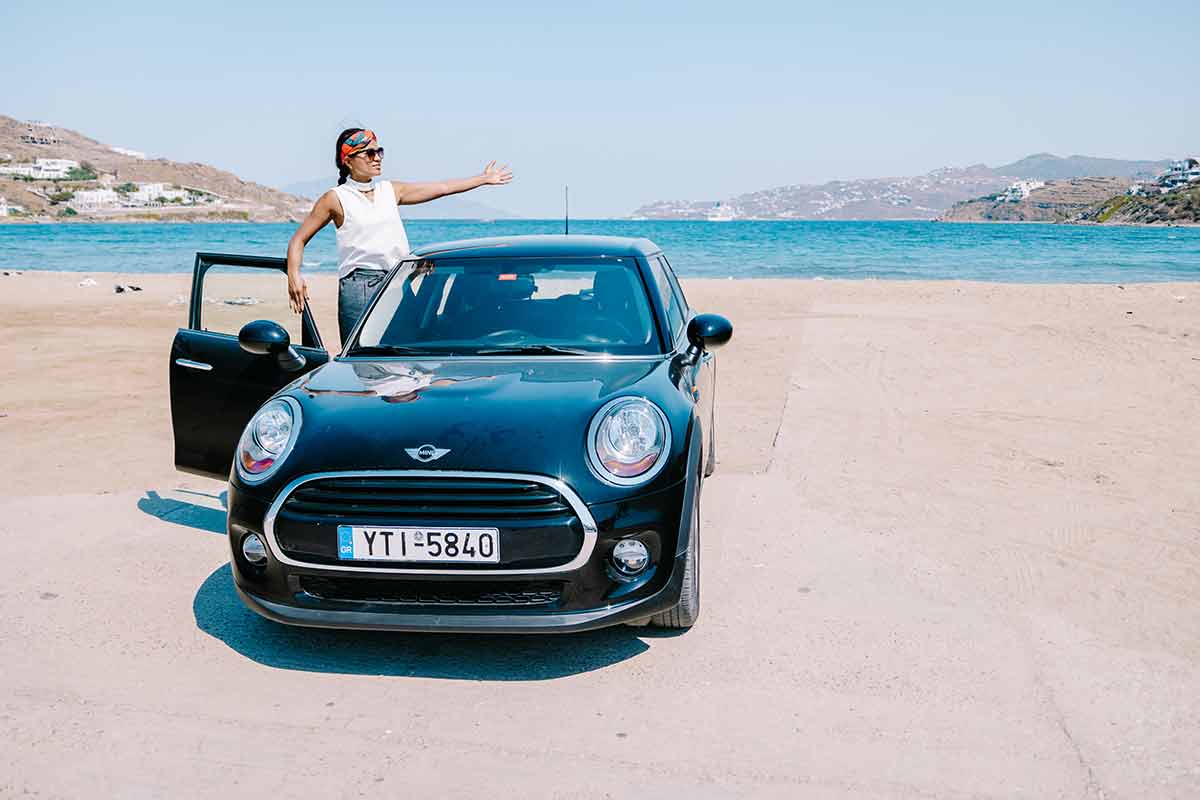
Rent A Car – Find the best car rental rates at Discover Cars. They compare car hire companies to provide you with the best deal right now.

Find A Hotel – If you’re curious about this article and are looking for somewhere to stay, take a look at these amazing hotels.

